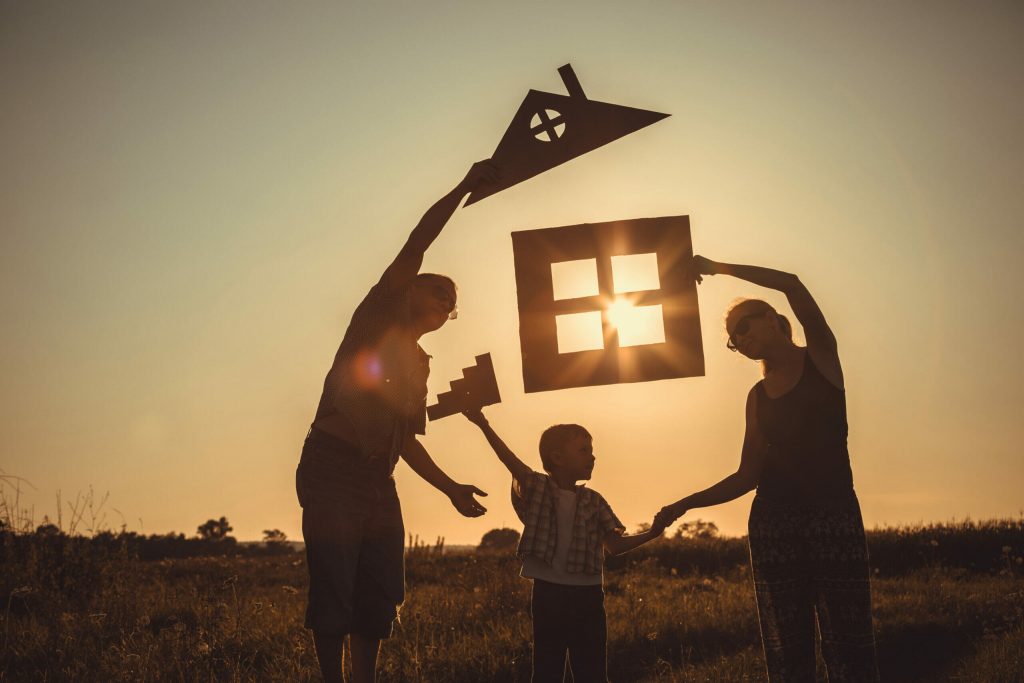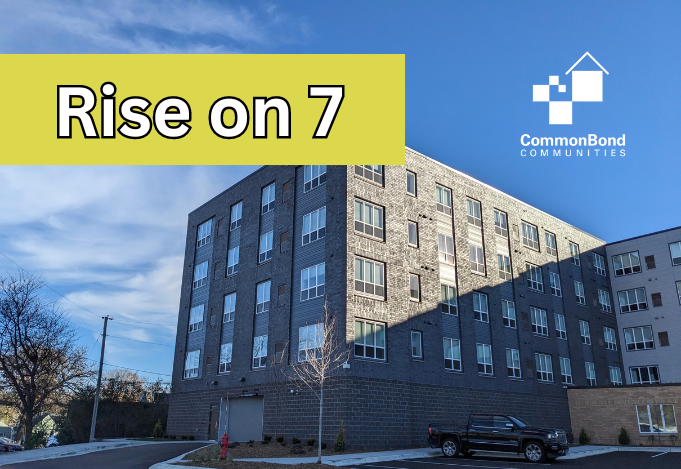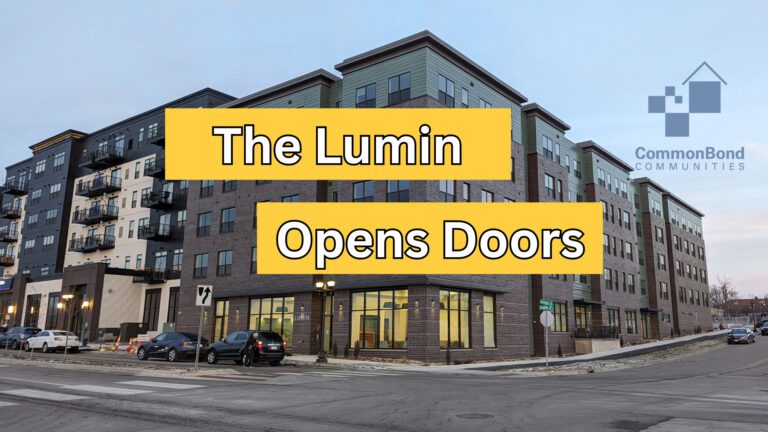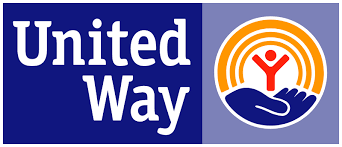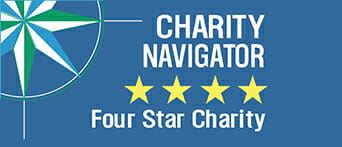Affordable housing, which by definition is when housing costs less than 30% of a household’s income, is in short supply. This is a problem for those in need, and for communities they reside in. As the middle class shrinks nationwide, it’s now more important than ever before to fund and provide access to affordable housing options. Many low- and middle-income families simply cannot afford to purchase a home, or they may even be coming off a foreclosure, meaning a decent rental is the best option they can hope for. So, how bad are the numbers and what is the impact due to the lack of affordable housing?
According to Pew Research Center, a nonpartisan think-tank based in Washington, D.C., 46% of U.S. renters in 2020 spent 30% or more of their income on housing and 23% of renters spent 50% or more of their income on housing. Prices haven’t come down since then. In the Upper Midwest, where CommonBond operates, rents rose 18% from Feb. 2017 through Feb. 2022. Meanwhile, the nation’s middle class has shrunk more than 10% in the last half century.
What Impact Does a Lack of Affordable Housing Create?
Affordable housing affects everyone, including those who don’t need to worry about having access to it. While those negatively impacted most by a lack of affordable housing are often people of color, its effects are widespread regardless of an individual’s race, class and sex.
Individuals and families who lack affordable housing may experience:
- Reduced access to adequate health insurance
- Lower quality and more expensive medical care
- Difficulty paying bills in full or on time; putting them at risk of eviction or even homelessness
- Less money for basic necessities, like food and clothing
- Lack of reliable transportation
- Reduced access to quality education opportunities
If you’re wondering how an individual’s challenges stemming from a lack of affordable housing impacts their community, the issues noted above can cause:
- Increased homelessness
- Lost tax revenue for counties, towns and cities
- Greater burden on public services, like libraries and mass transit
- Less diverse workforce
- Increased cost for healthcare
Increased access to affordable housing will attract not just a more diverse population and workforce, it will help organizations within communities retain talent and thrive. From shorter commutes to having a larger tax base contributing to society, greater access to affordable housing boosts amenities and opens up a range of opportunities for everyone. This will enrich lives and improve the economic situation for a larger portion of residents within your community.
Fewer homeless individuals, better amenities and living, and more workers serving organizations within the community. Who doesn’t want that?
How CommonBond Serves Communities in the Upper Midwest
Through advocacy and volunteering, providing financial support, and having compassion, you can support those in need while lowering the negative impact a lack of affordable housing has on your community. While government policies, and ultimately those you elect into office, can have an impact on reducing the wealth gap and putting more money in the hands of lower-income renters, organizations like CommonBond — a nonprofit organization that plans, develops and manages affordable housing communities — are at the front lines, providing affordable housing units for those in need.
Serving Minnesota, Wisconsin, Iowa and South Dakota, CommonBond believes having a safe, stable, and affordable home is the foundation for everything in life. We have provided nearly 13,000 individuals with affordable housing, and with your support we can continue growing that number. Make a donation, get involved as a volunteer, or reach out if you have questions.

